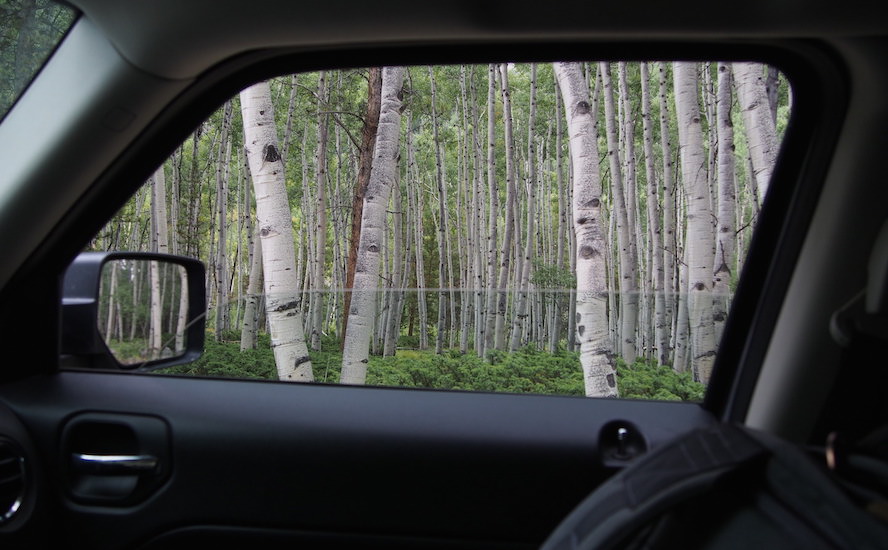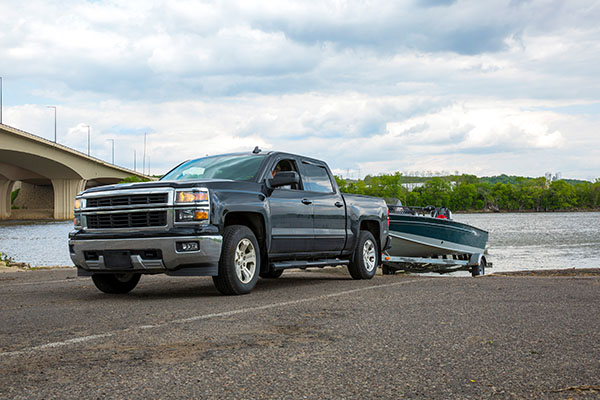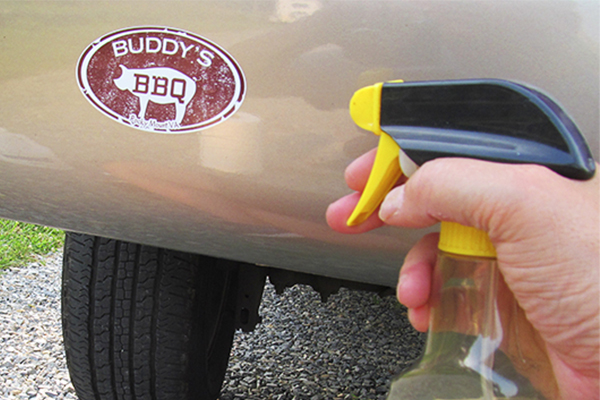Hatchback Lift Supports
Worn lift supports could be the reason your hatchback won’t stay open.
On manual hatchbacks, lift supports are designed to help drivers and passengers raise the hatchback from a closed to an open position with minimal lifting effort, and more importantly, to keep the hatchback in that upright position until sufficient force is applied to close it. This is a great system when the twin supports function exactly as they’re designed.
Problems arise, however, when these lift supports wear out – and they do – allowing the hatchback to close on its own instead of staying in an open or upright position. Given how many times a car or SUV hatchback is opened and closed throughout the course of a year, it’s not surprising that hatchback failure occurs as these supports eventually wear out and need to be replaced. Lift support failure can be more than just an inconvenience. It can be a dangerous situation that results in vehicle damage, or worse, personal injury.
The supports often fail gradually, exhibiting a diminished ability to keep the hatchback in an upright position, as opposed to failing suddenly and not providing any support whatsoever. This gradual failure is just as dangerous in that sometimes the lift supports might keep the hatchback raised and sometimes they won’t, making it nearly impossible to predict when hatchback failure is going occur, resulting in the hatchback crashing down on someone’s head or hands, or on cargo that’s only been partially loaded, leading to a broken rear window. Worn out lift supports tend to exhibit failure characteristics more often during colder temperatures.
When you notice that your vehicle’s hatchback won’t remain in an upright position, or that it closes too easily – perhaps from a sudden gust of wind – replace the lift supports because the problem is only going to get worse. Fortunately, replacing the lift supports is a fairly easy, inexpensive job, with new lift supports on this ’04 Subaru Outback totaling a little over $50 for the set, a cost that differs depending on the vehicle.
Watch this quick video on how to replace a ball-and-socket type of lift support, which is one of the most common styles.
Hatchback Lift Supports
The supports are connected at the top to the hatchback, and at the bottom to the vehicle. Depending on the vehicle and the type of replacement supports and whether new hardware is included, it may be recommended to also replace any hardware where the supports attach. It’s critically important to replace the lift supports with new ones that are an exact match to those that were original equipment on the vehicle.
To replace the supports, first find a willing helper to hold the hatchback in the upright position. Using material alone, such as a piece of lumber, to prop the hatchback open isn’t the best idea because if the material slips, the hatchback comes crashing down on you. The supports are under pressure so use care when removing them and wear safety glasses. Don’t heat or cut into the supports, or attempt to close them manually when they’re detached from the vehicle.
Many supports are attached via a ball socket that fits snugly over a ball stud. Many supports can be removed by pulling firmly on the support so it pops off the ball stud. Because there are so many different types of supports and vehicles on the market, just look closely at how the support is attached at both the upper and lower ends, or even find some advice online from any number of driveway mechanics who post their videos online.
It’s also a good idea to take a picture of how the original support arm is installed so that you’re sure to install the new one in the same direction. Or, you can remove and replace the support arm one side at a time so you can use the other side for comparison. Once you’ve installed the new lift supports, be sure to test the hatchback carefully to ensure the supports are functioning properly and that the hatchback remains in the open position. Your head will thank you.









